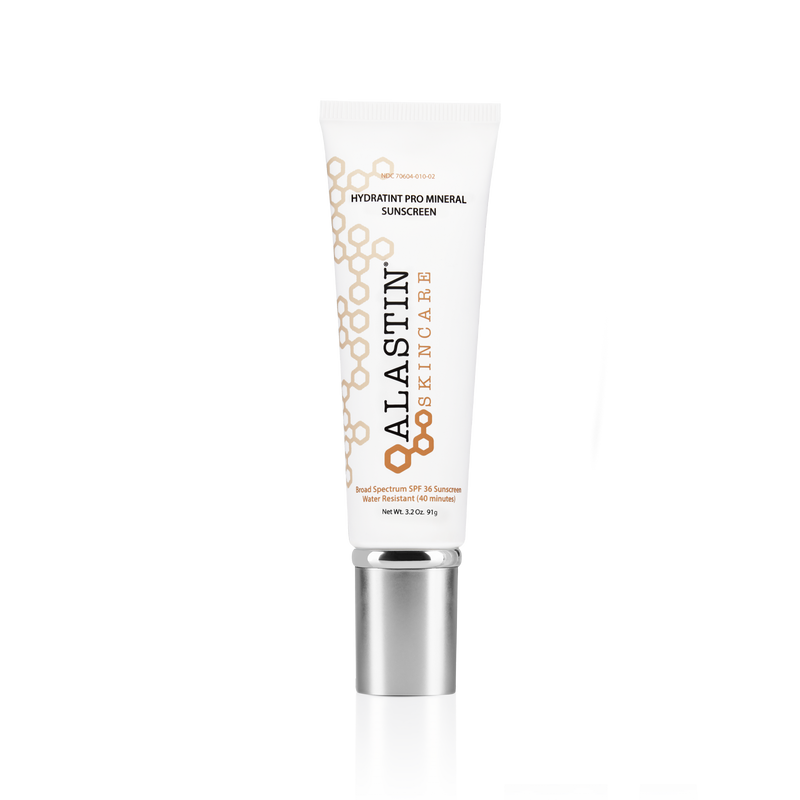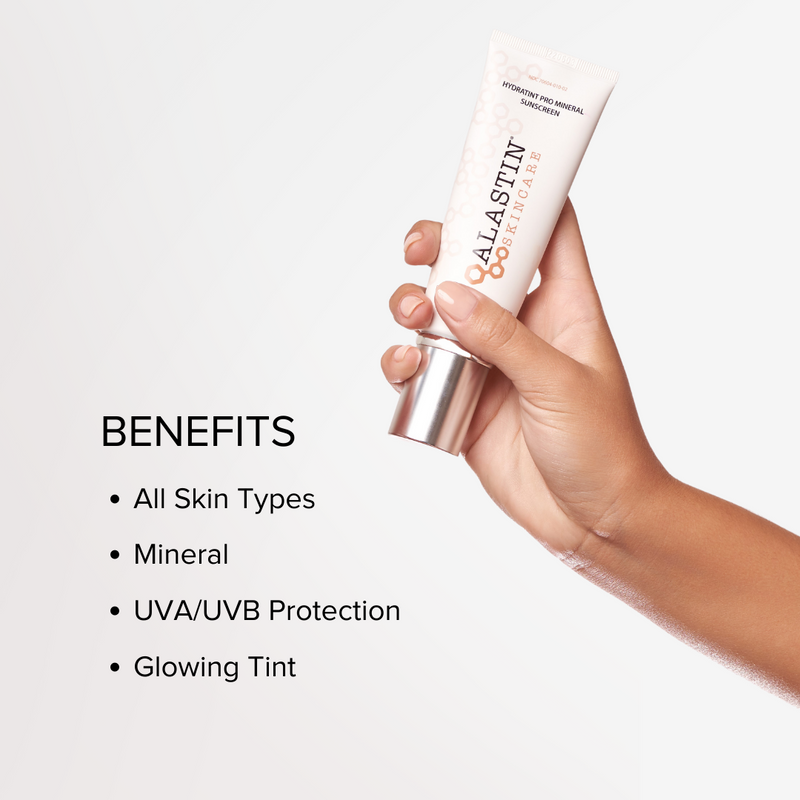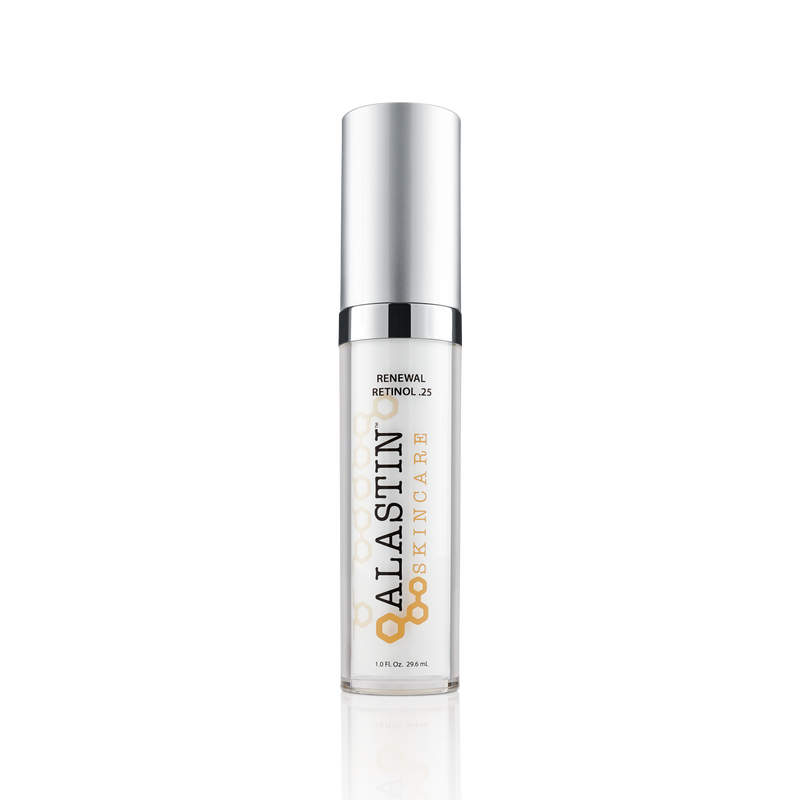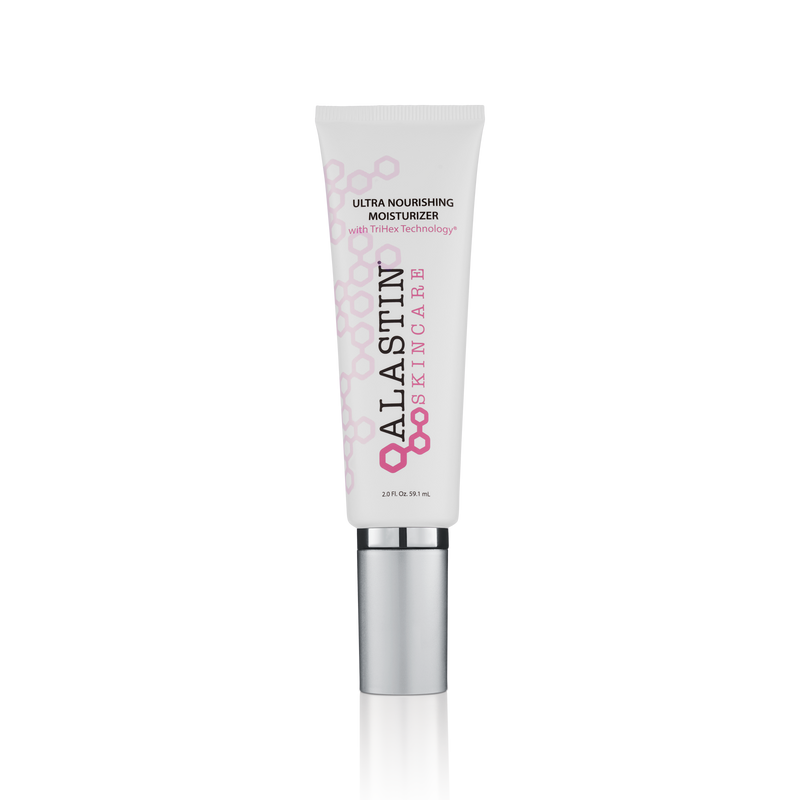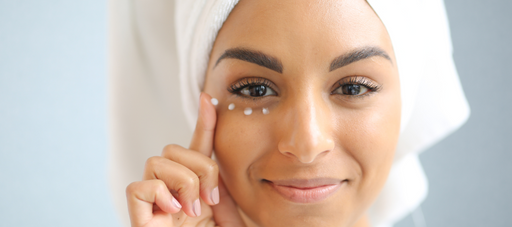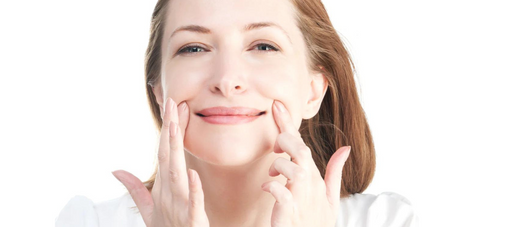You have no items in your bag
How To Combat Orange Peel Skin Texture

“Orange peel skin” is an informal term used to describe a common symptom of aging: the appearance of fine lines and large pores in the skin that resemble the roughness and dimples in citrus peel. This condition, sometimes referred to as the French peau d'orange isn’t harmful—but many people prefer smoother, healthier-looking skin. If you fall into this category, read on for preventative measures and treatments for this skin texture.
What Causes Orange Peel Skin Texture?
Orange peel skin usually stems from a loss of elasticity in the skin—your skin’s ability to stretch and contract back into place. A loss of elasticity can enhance the appearance of large pores, fine lines, and other skin concerns. The most common culprits are age and sun exposure.
As the body ages, sagging skin stretches out your pores, making them appear large. The lack of elasticity and appearance of large pores give the visual effect of orange peel skin. Additionally, extended exposure to the sun’s UV radiation can cause skin damage. UV radiation penetrates the layers of skin and damages the cells’ ability to repair themselves. Over time, this causes the skin to lose its elasticity.
Orange Peel Skin as a Symptom of More Serious Conditions
In some cases, seeing orange peel-like skin might indicate underlying health issues. If a difference in skin texture is accompanied by other symptoms, it’s important to speak with your doctor. Conditions that may result in orange peel skin:
- Lymphedema: Swelling in either the arms or legs most commonly caused by certain cancer treatments in which the lymph node is surgically removed or damaged. Other symptoms include: reduced range of motion in the swollen arm or leg, aching, discomfort, and hardened skin texture.
- Infection: When bacteria penetrate the protective layers of skin, it can cause infections. Sometimes, those infections create pitting in the skin. Additional symptoms of skin infections can include: a feeling of warmth in the affected area, swelling, redness, and fever.
- Breast cancer: If you notice dimpling or orange peel texture on your breast, make a doctor’s appointment right away. It’s important to regularly check your breasts for irregular lumps, pain, bruising, redness, or swelling.
How To Prevent Orange Peel Skin
In most cases, textured skin is purely cosmetic. The key to preventing orange peel skin is supporting the skin’s elastin production. Try incorporating these products into your skincare regimen to prevent rough skin and enlarged pores before they start.
- Sunscreen: UV radiation can permeate through the skin’s protective barrier and severely damage your cell’s elastin production. Your best protection is an effective sunscreen. HydraTint Pro Mineral Broad Spectrum Sunscreen SPF 36 provides a physical barrier from the sun, as well as environmental pollutants. This elegant, lightweight sunscreen moisturizes while lending a flattering tint that evens out most skin tones.
- Retinol: Both a remedy and a preventative measure for orange peel skin, retinol does it all. Retinol stimulates skin cell turnover, resulting in smooth skin texture and tighter pores. Try the anti-aging formula in Renewal Retinol.
- Moisturizer: Dehydrated skin can pave the way for a rough orange peel texture and dimpling. Keep your skin supple with a daily moisturizer. Ultra Nourishing Moisturizer with TriHex Technology® hydrates skin while encouraging the regeneration of new elastin and collagen.
- Vitamin C: Vitamin C has been shown to accelerate collagen production and elastin production, the building blocks of plump and tight skin.
How to Treat Orange Peel Skin
Textured skin is most often caused by sun and aging. While you can’t turn back the clock or undo UV radiation, you can help to boost your skin’s elasticity and minimize the appearance of pores. Many products that prevent orange peel skin also help to treat it, so it’s important to stick to the regiment listed above. Get extra help with one of these treatments:
- Facial peels: Both over-the-counter and medical-grade facial peels can help slough away deeper layers of old skin to reveal smooth new skin and tighter pores.
- Microdermabrasion: A non-invasive exfoliating procedure, microdermabrasion may help to improve uneven skin texture and uneven skin tone for a brighter and smoother complexion.
- IPL Treatment: An IPL photofacial treatment uses the power of broadband light to improve the appearance of dark spots, sunspots from sun exposure, rosacea, age spots, and skin texture.
To make the most of either a medical-grade facial peel or microdermabrasion, use Regenerating Skin Nectar with TriHex Technology® before and after skin-rejuvenating, in-office treatments to help calm and heal skin, while enhancing results.
Sources:
1 Hersh, Erica, and Cynthia Cobb. “What's Causing the Orange Peel-Like Pitting on My Skin and How Do I Fix It?” Healthline, 2019, www.healthline.com/health/orange-peel-skin
2 “Health Effects of UV Radiation.” World Health Organization, World Health Organization, 16 Oct. 2017, www.who.int/uv/health/uv_health2/en/
3 Pullar, Juliet M, et al. “The Roles of Vitamin C in Skin Health.” Nutrients, MDPI, 12 Aug. 2017, www.ncbi.nlm.nih.gov/pmc/articles/PMC5579659/
Featured Products

$76.00
Powerful sun protection with a hint of tint.

$88.00
Designed to help calm, nourish, and hydrate skin.


